
Thank you for visiting HOJO website. If you have any enquiry, please feel free to get in touch with us at
▼ Akira Hojo
▼ Hojo Newsletter




Home>Tea Column>Phoenix Oolong

When we talk about Chinese oolong tea, we often refer to popular ones such as the Wu-yi oolong and An-xi Tie Guan Yin. One of the Wu-yi oolong known as the king of Wu-yi rock tea, the Da Hong Pao (大紅袍), is often considered as one of the most exclusive teas in China.
As a matter of fact, Da Hong Pao has various kinds of quality. In general, the age of the tea tree is the primary factor that determines the quality and the price of tea. The old tea tree has very long roots, which has much better ability to absorb minerals from the ground as compared to a young tea tree. In addition to the age, precious Wu-yi teas are grown independently on the slopes of rocky mountain. Its growing style is considered as semi-wild. As a result, the tea that is made from old trees is very rich in minerals. In fact, it is very easy to examine whether a tea is rich in minerals or not. More than 50% of people can tell the difference as soon as they taste the tea. Tea with rich minerals gives a very deep after taste, lingering finishing, thick taste and long lasting flavor, and it gives a completely different drinking feeling from those teas produced from garden teas. In fact, the overwhelming number of Wu-yi tea is produced from the garden teas. The semi-wild tea trees exist in limited numbers. As far as I know, most of Wu-yi rock tea commonly available in the specialty teashop is from the "tea garden". It gives a very strong aroma, yet it lacks the depth of flavor and taste.
As for Wu-yi rock tea, the oldest tea tree is found to be around 400 years old. Tea produced from such an old tree no doubt provides you with an unforgettable experience. Unfortunately we can hardly get to drink such tea. Due to the limitation of old trees, the price of Wu-yi tea produced from very old tea trees could be even up to at USD20000/kg or more. Due to the extremely high price and high demand in domestic market of China, it is very hard to even get the tea that is made from 100 years old tree, not to say 400 years old trees. Usually most of Wu-yi teas available in overseas market are produced from garden teas.
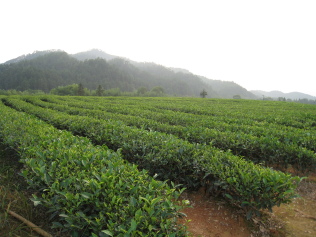 |
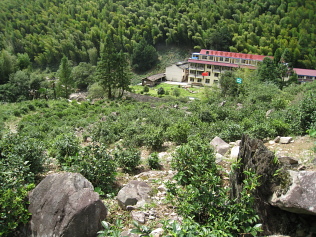 |
|
The vast area of tea garden situated around the foot of Wu-yi Mountain. Majority of Wu-yi rock teas available in oversea market comes from those gardens. |
Semi-wild Wu-yi Tea bush. The tree in the photo is at around the age of 50 years old. It is not really outstanding in quality, yet its market price is at least USD1000/kg. |
On the other hand, the Phoenix Oolong from Chao-zhou, Guangdong province is not really well recognized in global tea market. Phoenix oolong is produced at the mountain called Phoenix Mountain. This mountain consists of a number of peaks. Due to the outlook that resembles the shape of the legendary phoenix, it is called the Phoenix Mountain. The Phoenix Oolong is also called Feng Huang Oolong. Feng Huang means phoenix in Chinese. In fact, many people call this tea as Dan Cong Tea. However this name is not really correct. For that, I will explain later.
Phoenix Oolong is made of the same tea cultivar as Wu-yi tea, it is also Rock Tea as Wu-yi Tea and the tea leaf of Phoenix Oolong is plucked from the very old tea trees. Nevertheless, this tea is not as expensive as Wu-yi tea despite its quality is very outstanding. Considering its strong fruity flavor, deep after taste, overwhelming variety and realistic price as compared to Wu-yi oolong, we absolutely recommend this tea to customers who are looking for the super premium deep fermented Chinese oolong.
Please click any photo below to enlarge it.
 |
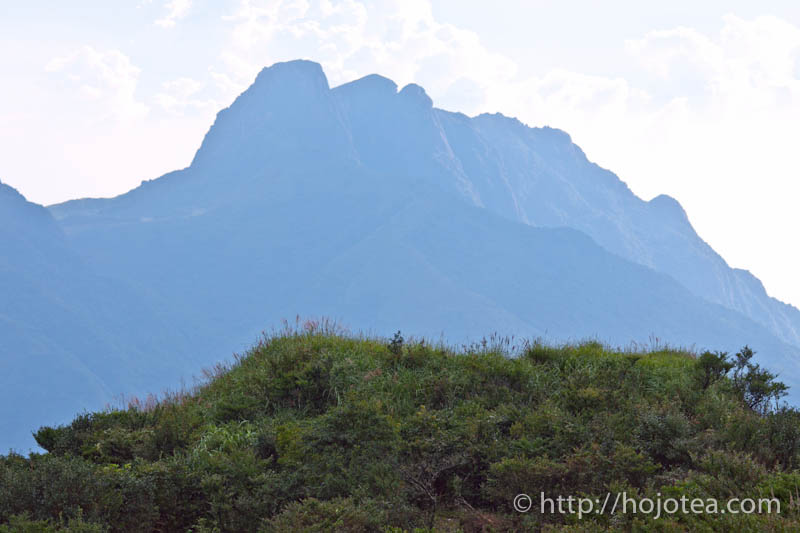 |
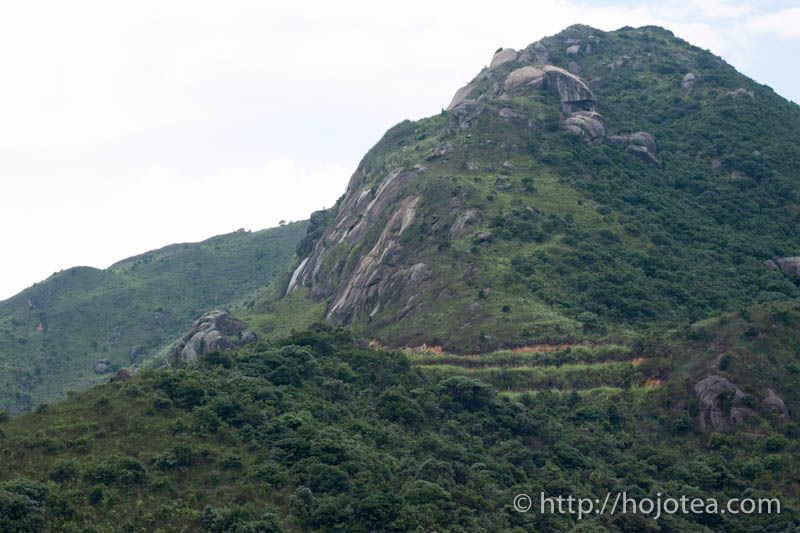 |
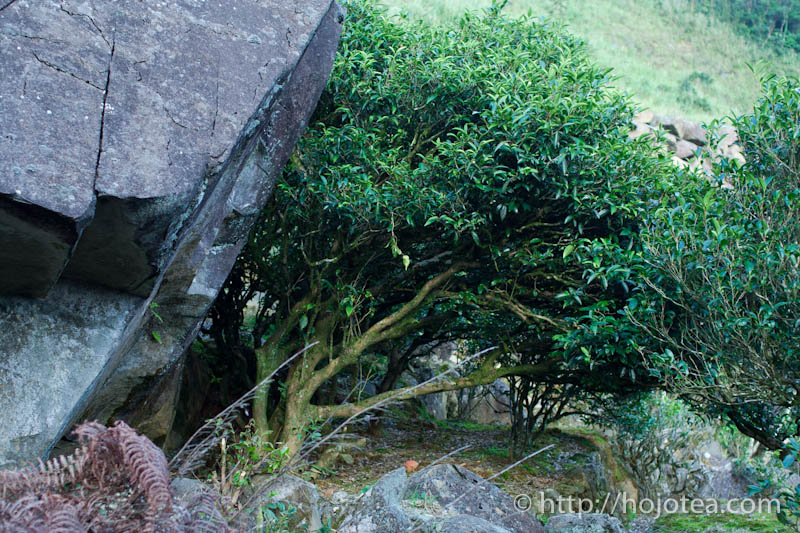 |
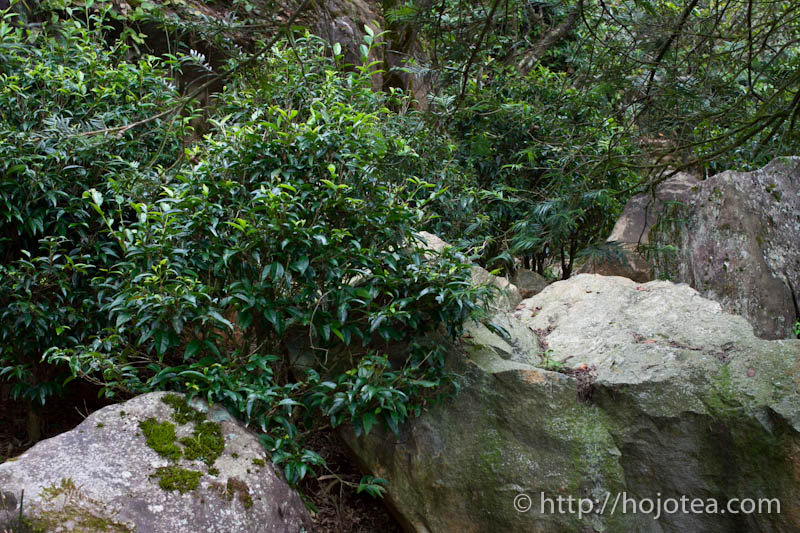 |
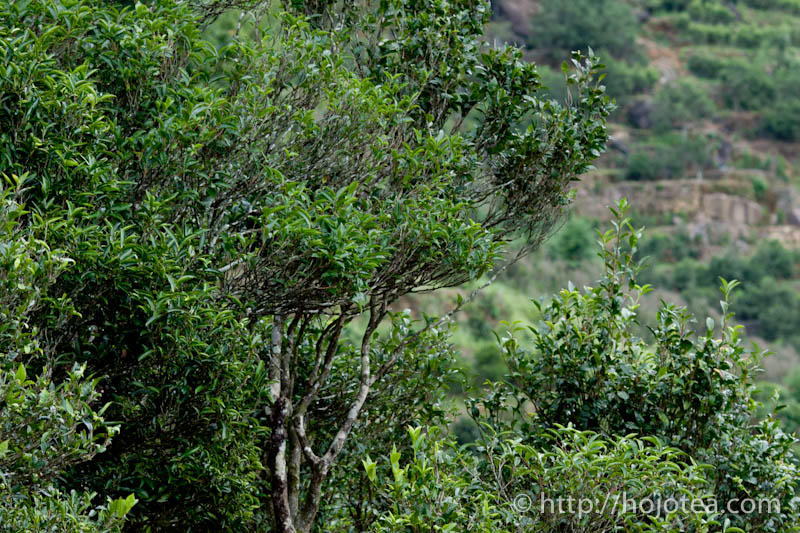 |
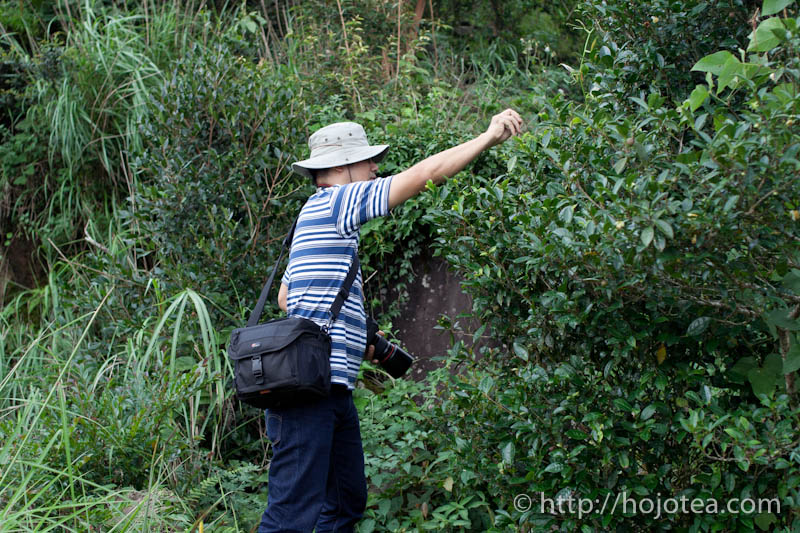 |
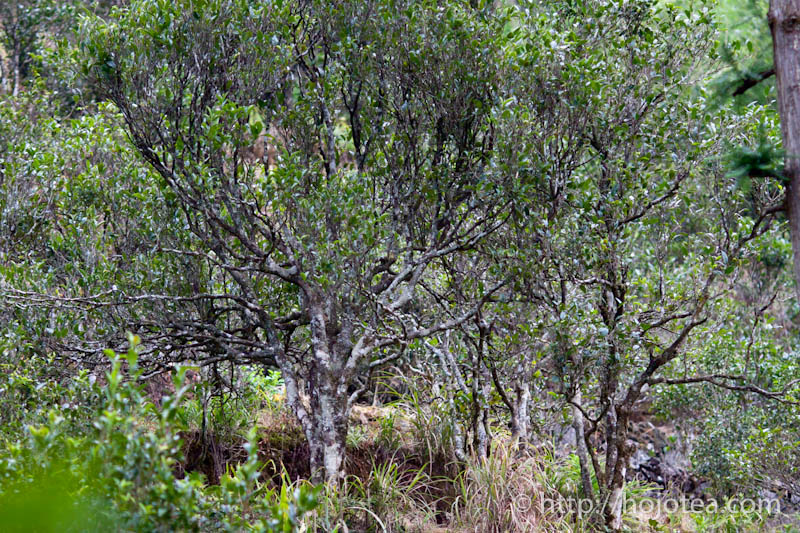 |
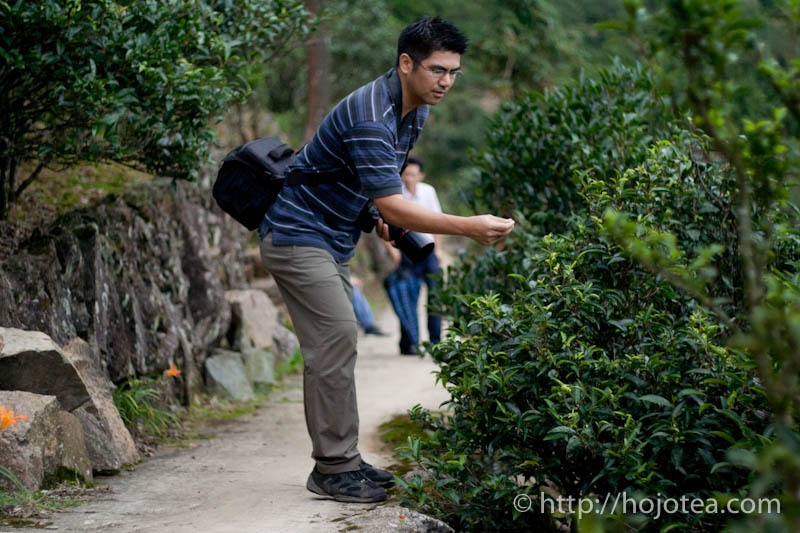 |
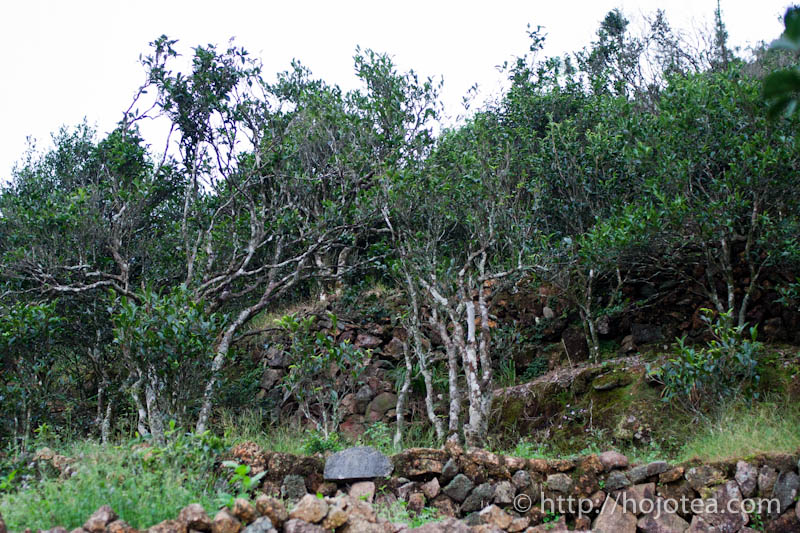 |
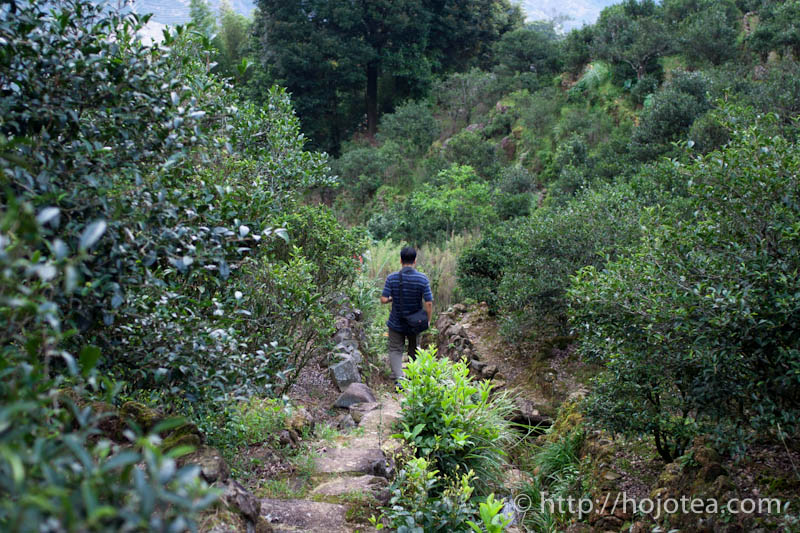 |
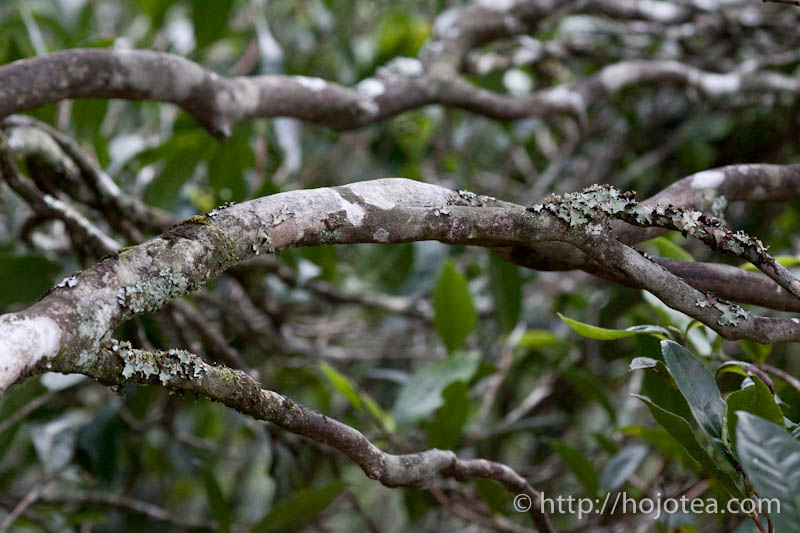 |
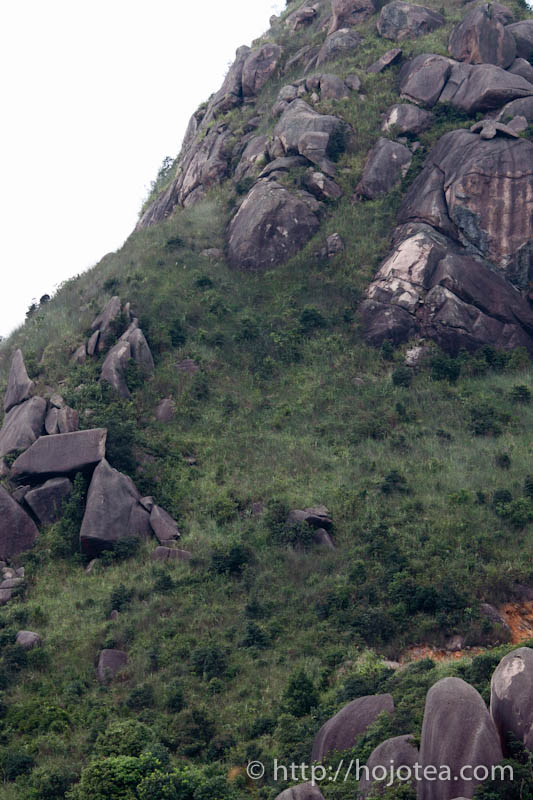 |
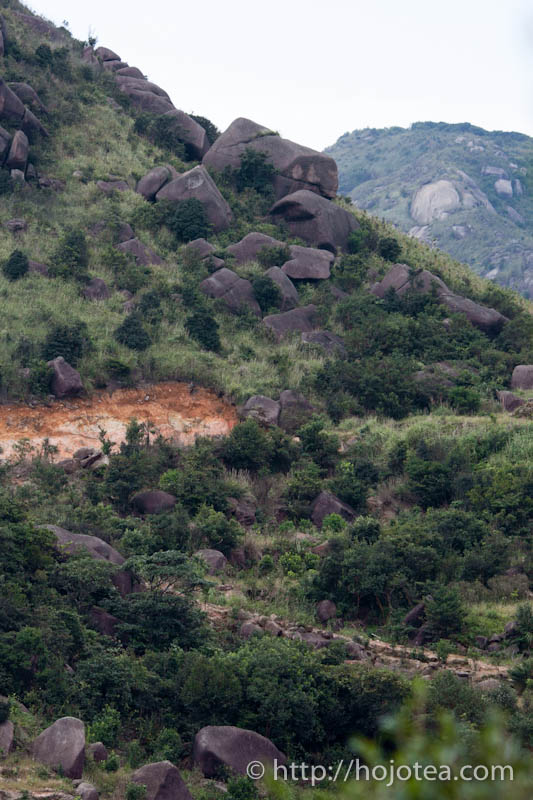 |
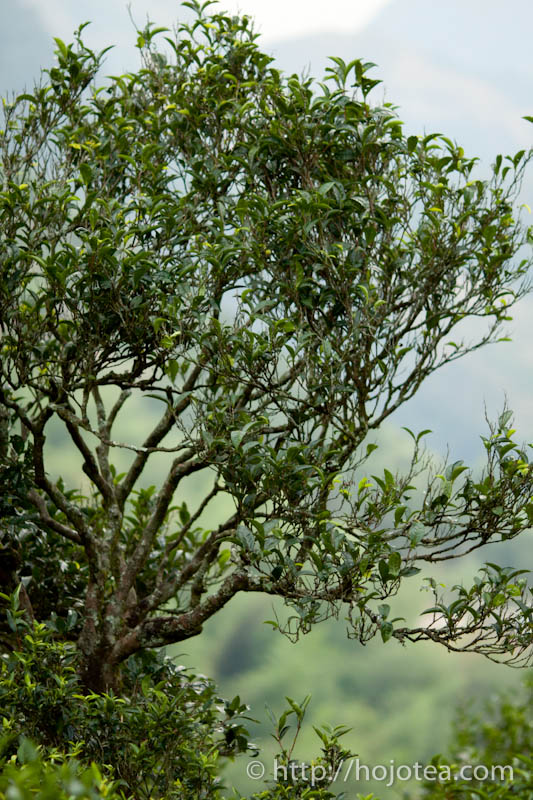 |
 |
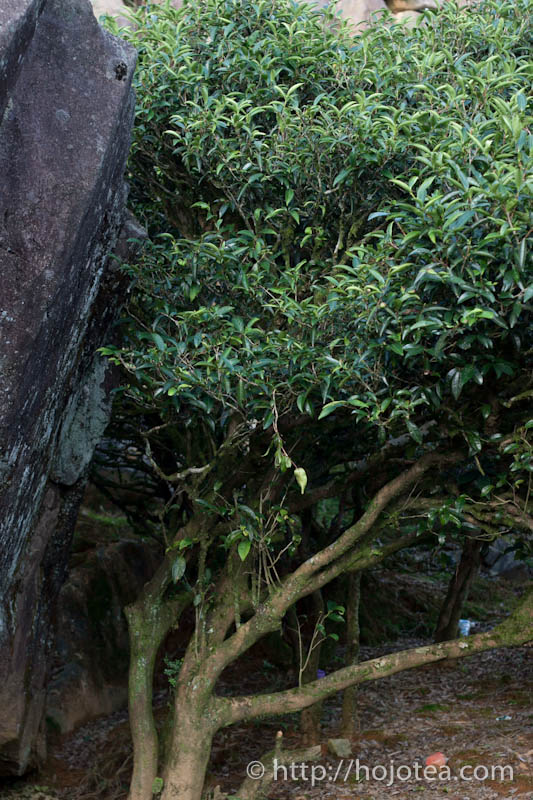 |
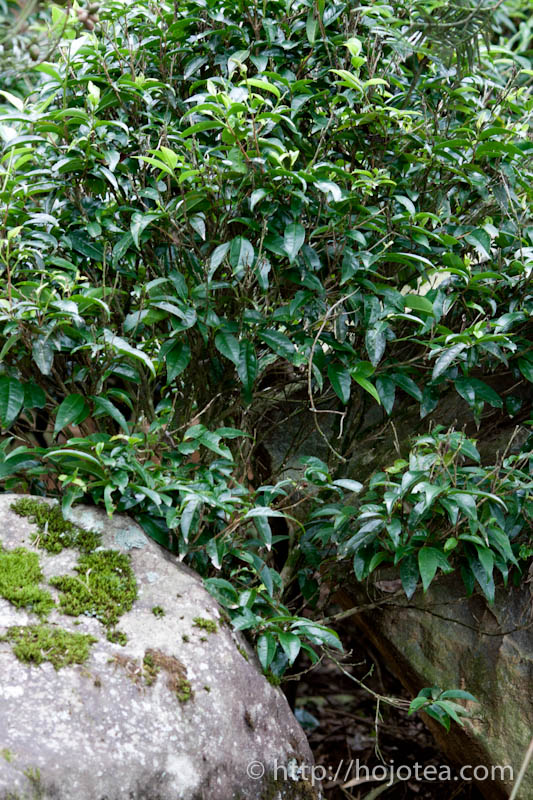 |
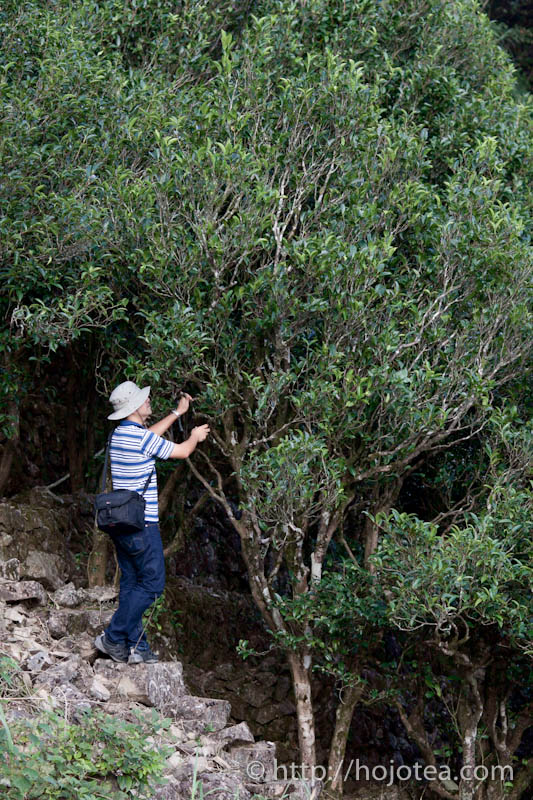 |
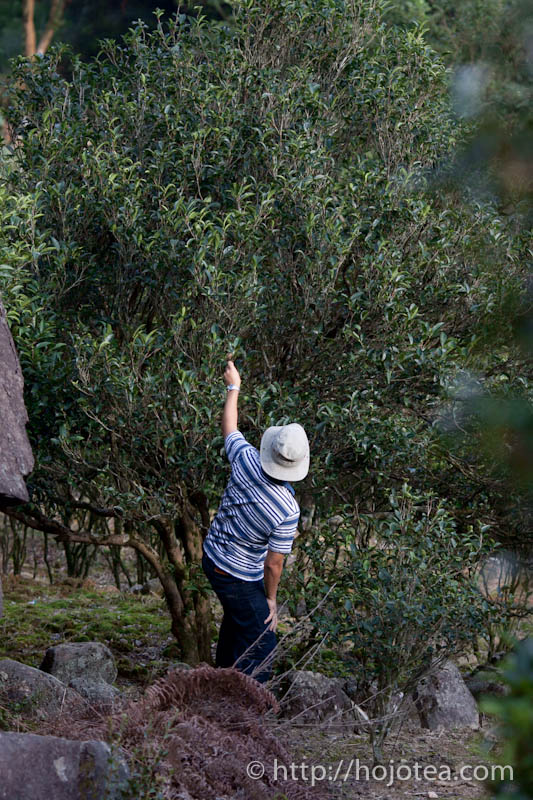 |
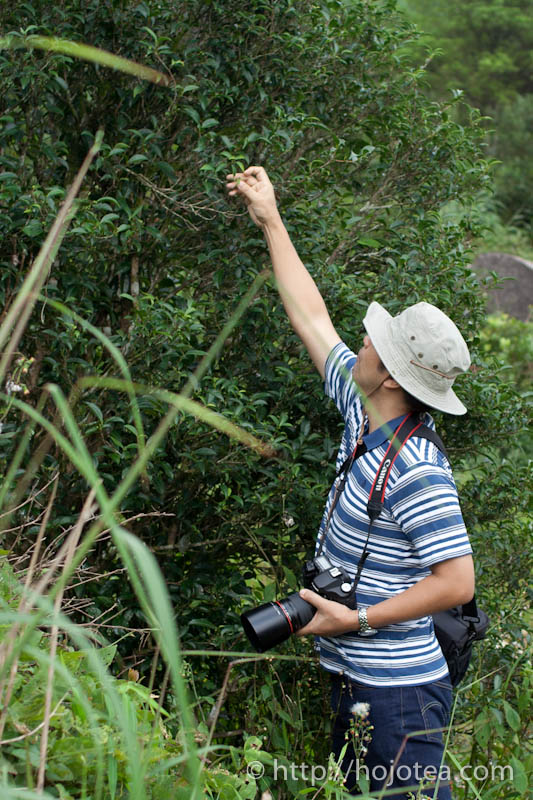 |
 |
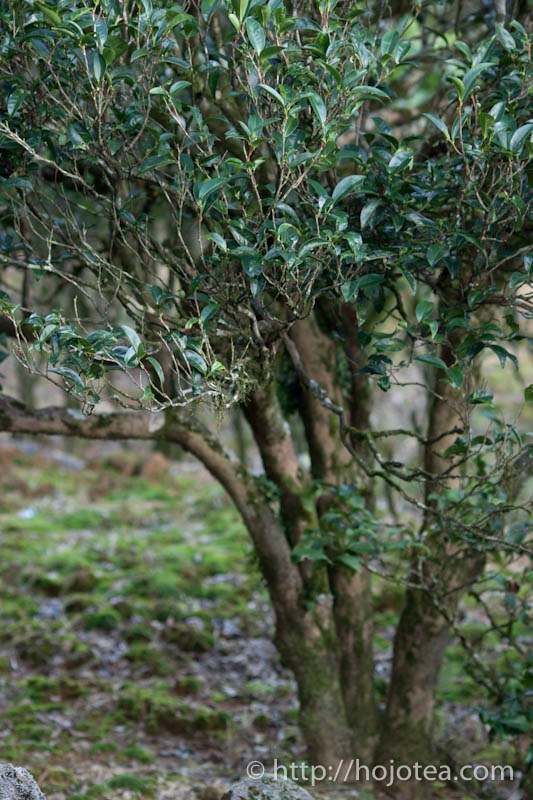 |
I noticed that a lot of my customers, in particular the customer who lives in USA and Europe often call
Phoenix Oolong as "Dan Cong Tea". The name "Dan Cong" refers to the semi-wild bush. The meaning of Dan Cong is opposite to Garden Tea. In the tea garden, tea is planted in a column and the tree is trimmed regularly in order to maintain the desired height, shape and size. As for Dan Cong, it is referring to the tree that is planted independently and randomly in the wild. It is usually planted at the slopes of mountain, just like other native trees. In addition, Dan Cong refers to the tree that is not taken care and not to mention that trimming is not conducted at all. The similar terms in English for "Cong" should be "Bush". The "Dan" means single. Originally Dan Cong also means for identical single bush. In a way, the term Dan Cong is not only used for Phoenix Oolong, but also for Wu-yi oolong. The high end Wu-yi tea is also supposed to be made from Dan Cong (single bush).
The teas produced in Phoenix Mountain and surrounding areas are usually called Phoenix Oolong (Feng Huang Oolong). But it does not mean all phoenix teas deserve the name of Dan cong. In the Phoenix Town, there are an overwhelming number of tea gardens that produce tea which meant for general market and also oversea market. The garden teas are usually blended teas. Generally, if we get in touch with the tea manufacturers by phone or e-mail, or if we request the tea samples though trading companies, we get nothing but only garden teas. If one is looking for Dan Cong tea, it is a must to visit Phoenix Town and select the tea on the spot. Manufacturers seldom send the sample of Dan Cong tea to oversea. This is because of each Dan Cong consists of very little quantity which never lasts long enough to wait for the reply from the buyers. For some high end Phoenix Dan Cong tea which the age of tea tree is more than 500 years old, they are usually sold to either CEOs of big companies or government officers in China.
If you have ever tried a genuine Phoenix Dan Cong tea, you would never forget about this tea. It gives an unimaginably strong and deep flavor that lasts very long in your throat. Flavor stays and lingers on your throat as long as 30 minutes.
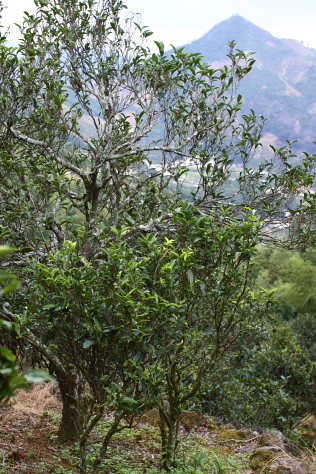 |
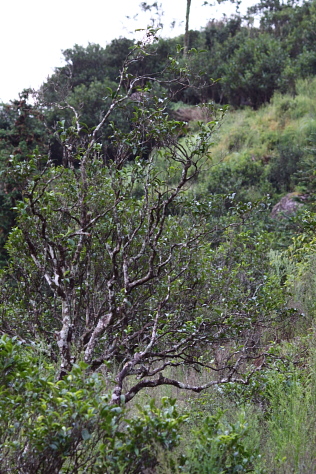 |
|
Old tree has very long root, yet it grows slowly and produce less number of tea leaves |
There is still a number of old tea trees remain in Phoenix Mountain. Each tea tree is classified into respective Dan Cong following its character especially its flavor. The old tea tree usually grows slowly and produces less number of leaves, yet it has very long root. Minerals are accumulated and concentrated within the limited number of tea leaves. For Phoenix Oolong, the selection of tree is very important.
It is said that there were only 1 or 2 kinds of tea tree back in several hundred years ago when phoenix mountain was just developed. Once upon a time, tea was grown from the seed. In this practice, the next generation turns out to be different from the parent. It is just like Mendelian inheritance (or Mendelian genetics or Mendelism) as we studied when we were a student. It is a set of 2rimary tenets relating to the transmission of hereditary characteristics from parent organisms to their offspring. Due to few hundred years of cultivation, the cultivar of Phoenix tea trees have undergone years of natural hybridization or mutation, such biological changes brought diversify changes to the flavors of respective tree. Tea leaves plucked from different trees will produce different flavors, even if processing method or technique were the same. Therefor the name of various Phoenix Oolong are given based on the flavor of tealeaves produced from its original tree. There are so many varieties of flavor, as many as the number of tea trees on the mountain. Each tree can only produce less than a kilogram of tea and usually a few trees that possess the same character in terms of flavor and quality is grouped. In general one batch consist of 5-20kg. Even if the tea comes with the same name and same selling price, the flavor will be different depending on the tree.
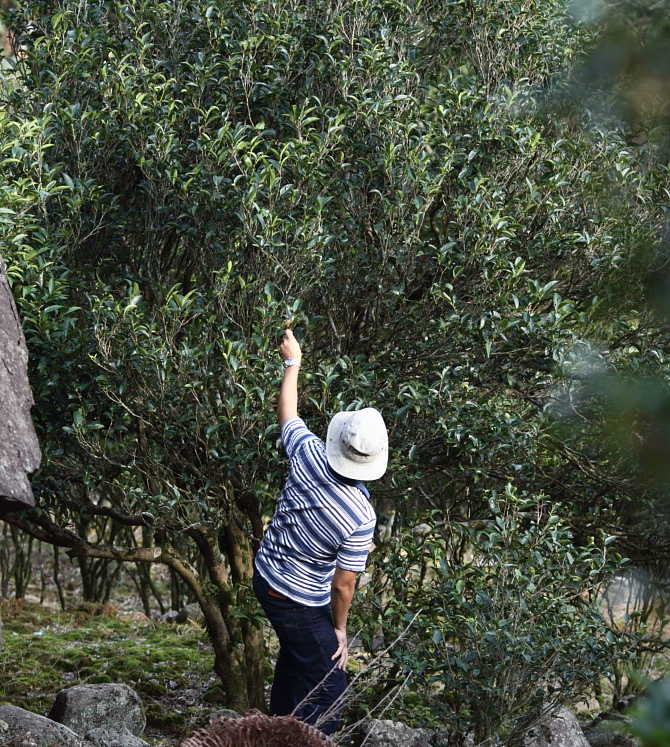
The photo shows me, "Akira Hojo", standing next to the Phoenix Shui-Xian tree which its age is at around 500 years old.
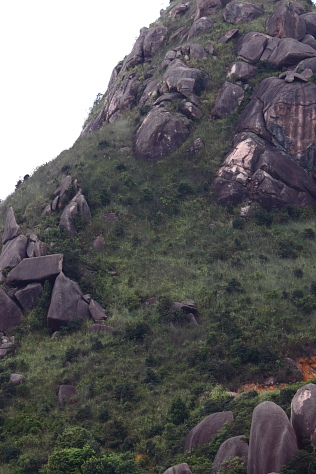 |
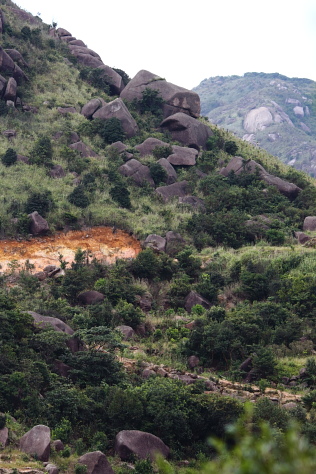 |
|
| Tea bush planted on the slope of Phoenix Mountain. |
|
Wu Dong Shan is surrounded by plenty of rocks. Tea bushes grow in between the rocks.
The premium grade of Phoenix Oolong is grown at altitude above 1000m. Some of them are grown at 1400m. The Phoenix Mountain consists of a number of peaks. Usually some remote peaks are also considered as a part of Phoenix Mountain as long as it is situated in and around Phoenix Town. The most famous peak for premium quality Phoenix Oolong is called Wu Dong Shan. The reason is that there are a number of old tea trees with the age up to several hundred years old planted earlier around this particular peak and most of them are grown at the altitude in between 1000-1500m above sea level. Wu Dong Shan is the signature peak for the Phoenix Oolong. Hojo no doubt selects teas from Wu Dong Shan.
Part of Phoenix Mountain
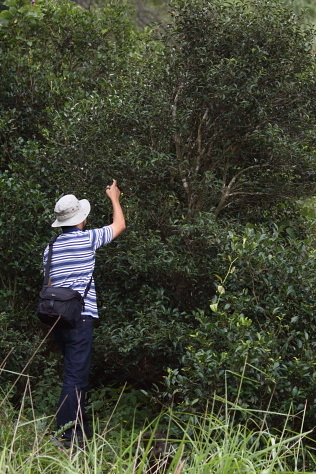 |
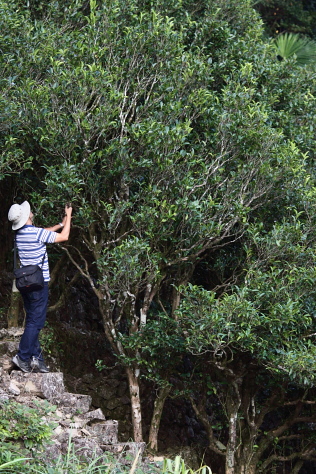 |
|
| It is me, Akira Hojo, tasting the leaves plucked from a very old Dan Cong tree. |
|
Usually we can tell the difference in quality when we chew the raw tea leaves. When I was in the Phoenix Mountain, I plucked some tea leaves from several tea trees and tasted it. The taste of the leaves from very old Dan Cong tea tree traveled very deep down my throat and gave a very thick flavor that lingered in my throat for a long time. As for tea leaves from the young tea trees or those plucked from the garden tea, the flavor of raw tea leaves was only detected around the upper part of nostril and then the flavor disappeared at once. The quality of raw material is very crucial in producing good tea. Thus, selecting good tea leaves is essential for producing excellent Phoenix Oolong teas.
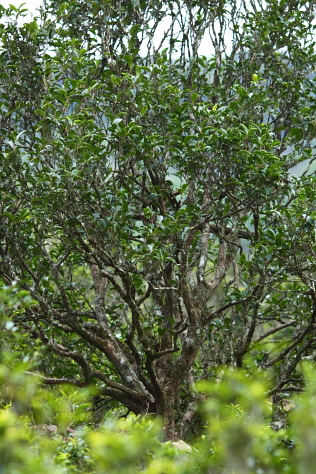 |
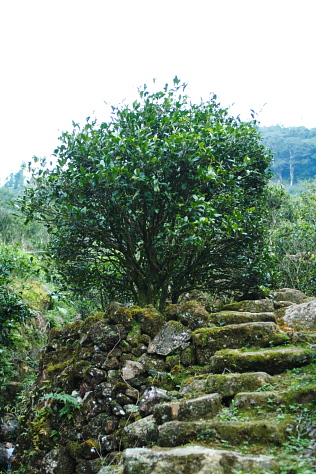 |
|
| Due to no trimming is conducted at all, the branches grow into different directions. The outlook of tea bush is just like some kind of native plants found in the mountain. |
Wu Dong Shan is surrounded by plenty of rocks. Tea bushes grow in between the rocks. |
Earlier on, I explained that Phoenix Oolong was left unattended like a wild grown plant without any trimming. In the Wu Dong Mountain, it is not only the tea trees that are kept natural, but other native plants are also kept untouched. There are a number of native plants that are found surrounding the tea trees. For productivity, the farmer may get better output if they cut down the wild plants and keep the ground clear only for growing tea trees. However they will never chop down the wild plants. Those wild plants also carry a lot of minerals in their leaves. In autumn, native plants shed its leaves and the fallen leaves rested on the ground. After decomposition by micro-organism, the minerals are re-absorbed by the tea trees. The minerals from the wild plant are recycled and accumulated by the tea trees. This is the traditional technique applied by the farmers in China to improve the quality of tea. I observed the similar practice in other places as well. The same practice is carried out for the tea tree for Pu-erh in Yunnan. The premium grade raw Pu-erh is also produced from semi-wild tea bushes which are left to grow in the wild in between other native plants. In Japan, we have a tea called Gyokuro. For this tea, the tea garden is covered with rice straws. The mineral that exists in the straw is extracted by the rain drops and is absorbed in the soil ground. The minerals are then re-absorbed by the tea trees. The quality of Gyokuro grown under the rice straws is completely different from the Gyokuro that is grown without the rice straw.
Other than supply the tea trees with additional minerals, the surrounding native plants also provide shelter to tea trees from the windy environment, and also from the frost in winter. If the ground is cleared and only left the tea trees, the frost will covered the entire tea trees during winter and tea trees will be completely damaged. It will cause the huge losses to the farmer as those tea trees at Phoenix Mountain are usually more than several hundred years old. Thus, although keeping the native plants surrounding the tea trees may reduce the productivity of teas, it is very crucial to maintain it as natural as possible to ensure the tea trees survive.
 |
 |
|
The tree standing in the center is a tea tree. It is surrounded by many wild plants that I could not even approach it. |
The tea trees grow in between rocks and various kinds of native plants. |
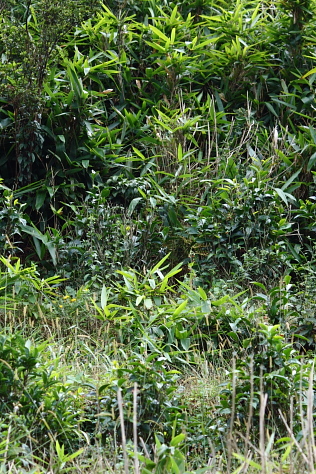 |
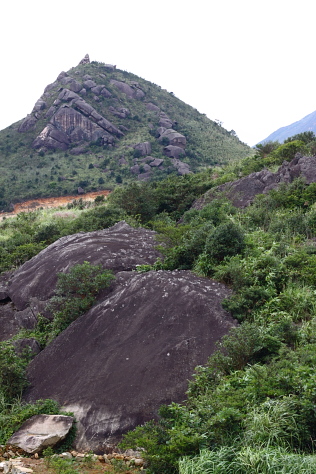 |
|
| This is the photo of young tea tree planted in Wu Dong Shan. The tea tree is obviously outgrown by bamboo bushes and other grasses. |
|
Due to unique composition and rich content of minerals exist in Phoenix Dan Cong tea, it does not get along with many kinds of material used for teapots.
For example, it is not suitable to use Banko, Shigaraki, Watanabe
Tozo's Sado clay tea pot. As far as I ascertain, the clay in mylineups that works very well with Phoenix Dan Cong tea is Tokoname red clay made by Gisui, Sado Oxidation and Reduction Clay by Shimizu Ken and Nigata Tsuiki-Doki Teapot..
I have also tested various kinds of Yixing red clays in brewing Phoenix Dan Cong tea. I found that more than half the number of clays I have tested did not perform with Phoenix Dan Cong tea at all, although they show great performance for other types of tea. It is important to carefully select the suitable type of clay for brewing Phoenix Dan Cong tea. Some people strongly believe that Chao Zhou teapot performs very well with Phoenix Dan Cong tea since they are produced from the same hometown. However, I found that this is not a correct perception. Again, it depends on the particular clay. Some could perform well and some do not perform at all. If you are not very certain whether or not your tea ware is suitable for brewing Phoenix Dan Cong tea, please rather use either glass or ceramic tea ware. Since our selection of Phoenix Oolongs is all from tea trees of more than 100 years old, you would enjoy strong after taste and flavor, even if tea is brewed in glassware. If you like to find out whether your clay tea ware performs well with Phoenix Dan Cong tea, you can brew tea in glass ware, and then pour some into the clay tea ware and compare. If the taste of tea from the clay tea ware is better than the one in glass, you can consider using your clay tea ware to brew Phoenix Dan Cong tea.
I have tested a few types of Phoenix Oolong produced from the garden tea with different clays as well. Usually garden tea “behaves” completely different from Dan Cong tea. For garden tea, most of the clay teapots in my lineup perform quite well. There is a clear and obvious difference between genuine semi-wild Dan Cong tea and garden tea.
After plucking, the leaves are brought back to the factory, and then spread to the thickness of about 10 cm on a bamboo mat. After that, the bamboo mat is transferred outdoors and leaves are withered under the sunlight, at 4-5 pm. The leaves are then thinly spread to about 3 cm and should not overlap. In general, withering is carried out when the atmospheric temperature is < 35℃. The leaf is withered for different periods of time, depending on the atmospheric temperature: 1) 15-20 minutes at 22-28℃, 2) 20-30 minutes when temperature is about 20-25℃, 3) about 10 minutes if the temperature reaches 28-33℃. The actual time of withering is also affected by the water content of leaf. During withering, the leaf is not turned over as not to cause damage to leaf. The withering is sufficient when: 1) the bud bends down 2) leaf become softer and omits its fresh green note, 3) the color of leaf changes from fresh and luster green to a dull and darker color. The leaf has lost about 10-15% of its moisture.
After withering under the sunlight, the leaf is transferred to a shady and cool place indoors and allowed to cool down for 1-2 hours. The purpose is to enable further withering under cooler conditions. The sun-withered leaves are gathered, and the thickness of the spread out leaves is adjusted according to the atmospheric condition: during the windy season, the thickness is increased to prevent excessive lost of moisture from leaf.
During this period, the biochemistry reaction takes place at a slower rate. It increases the by-product of hydrolysis process in leaf, and enhances the permeability of cell wall, and increases enzyme activity, e.g. polyphenol oxidase (PPO).
This process is also called碰青 (Peng-qing), or 浪茶 (Lang-cha). This is the most critical process in making Phoenix tea. It is manually carried out to cause damage to the edges of leaves, and destruct the cell walls. The enzyme polyphenol oxidase reacts with the substrate and forms the substances which contribute to the flavor, taste and color of tea. The atmospheric condition required for the oxidation is with temperature at around 22-28℃, and relative humidity about 75-85%. The process starts in the evening at 6 - 7 p.m., and continues for 10-12 hours until the next morning.
In most cases, a bamboo plate is used. The diameter is 130cm, the depth about 28cm and the size of opening is 0.5cm x 0.5cm. The bamboo plate is hung in the room. In every bamboo plate, 5-6 kg of leaf is placed. Two workers will stand at opposite directions, holding the bamboo plate and shake it upwards and downwards for 15 times. In the plate, the leaves move in a wavy style. After this, leaves are gathered and placed on bamboo pan, formed the 凹-shape, and left for 2 hours until the next process 碰青. For the second and third time of process 碰青, the same procedure in the bamboo plate is repeated for 30 times and 45 times, respectively. After each step of process 碰青, the leaves are left for 2 hours. For the 4th, 5th, and 6th times of process 碰青 (or sometimes up to 7th times), the leaves are placed in the bamboo drum: with a length 200 cm, inlet 75cm, and the size of opening at 0.6cm x 0.6cm. About 25-30kg of leaf is placed inside the drum. The rotation of drum is carried out at different periods of time: 5 minutes for the 4th times, left for 2.5 hours, then rotated for 10 minutes during the 5th times, left for 2.5 hours, and at 6th times, it is rotated for 20 minutes and left for 1-2 hours.
The inspection of the degree of oxidation is mainly based on the changes of flavor, and the shape and color of leaf. During the process, the leaf emits its fresh green note during the 1st and 2nd stage, and no grassy flavor is detected. When the process is repeated for the 3rd and 4th times, the fresh green note become stronger with mild sweet sugary flavor. After the 5th and 6th times of oxidation, the fresh green note become less while the fruity and flowery flavor is stronger. The indication of sufficient oxidation process is:
At this moment, the moisture content of leaf is about 68%. The leaf is then gathered together, and left for an hour before it is pan-fried.
During the pan-frying process, the high temperature and short time of heat treatment will inactive the enzyme instantly and prevent prolonged oxidation, stabilize the quality and characteristic of fermented tea leaves. The frying and rolling is carried out in turns, repeated twice to form the shape. During the first stage, when the pan temperature reaches 140 - 160℃, 1-2 kg of leaves are placed into the pan and fried for 4-5 minutes then removed from the pan. While the fried tea leaves remain hot, it is rolled by hand (sometimes a rolling machine is used). The tea leaf is rolled continuously and then the lump formed is separated. When the leaf has formed the primary strip-shape, it is placed back into the pan which is heated up to 100 - 120℃ and fried for another 3-4 minutes. Gradually, the leaves are heated, and become soft and slightly sticky, and can form a ball when grasped. When the leaves give off the greenish and grassy smell, and further emits the aromatic fragrance, this indicates that the frying is sufficient. At this moment, the leaves have lost their moisture content of 20-30%. The softened leaves are rolled until they form the tight strips with 40-50% of cell destruction. The tea fluid is squeezed and remains on the leaf surface and gives the luster appearance to the leaves. The expression of the juice over the leaf particles increases the strength of tea when brewed.
The tea leaves are dried in the bamboo basket (烘笼 Hong-long) that is heated using charcoal. The drying is carried out at two stages: